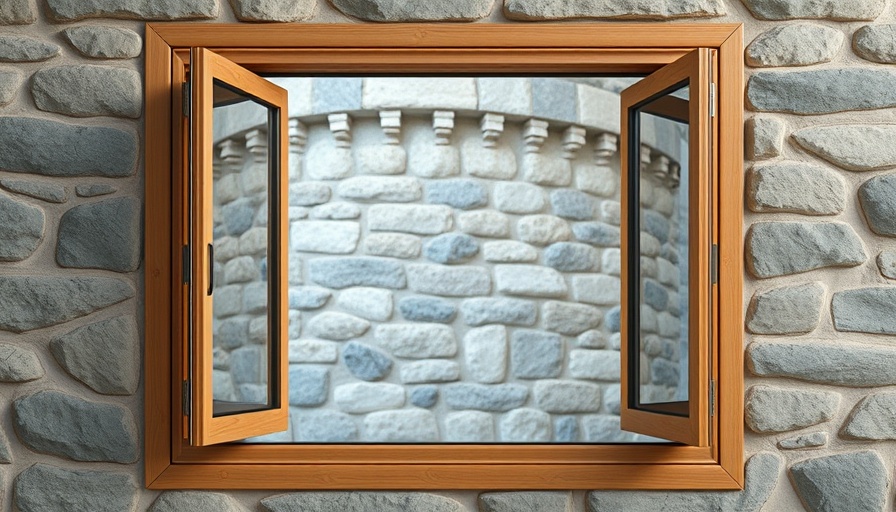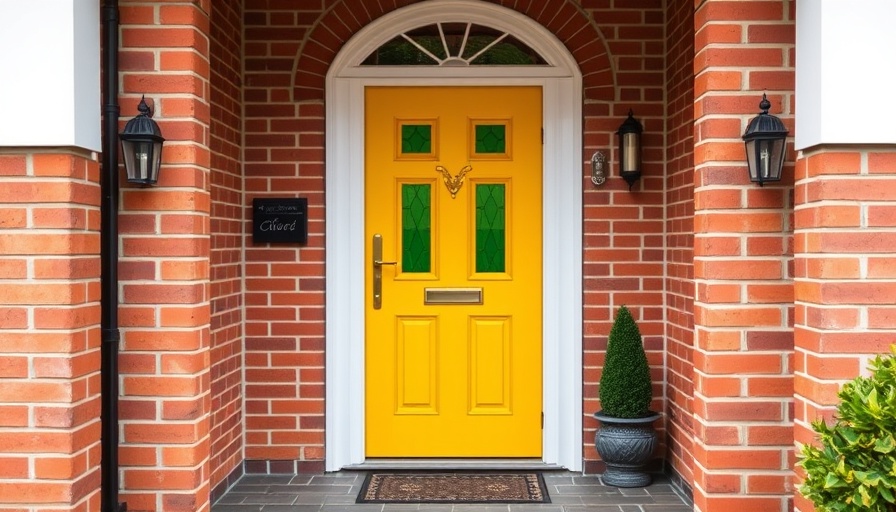
Exploring Casement Windows: The Inswing vs. Sliding Difference
Choosing the right windows for your home renovation can significantly transform your living space, particularly in areas that need more ventilation, like a basement. Among the popular options for casement windows, the inswing and sliding varieties stand out for their distinct functionality and design appeals. Understanding their differences not only helps in smart decision-making but also contributes to better energy efficiency and aesthetics.
Understanding Casement Windows
Casement windows, known for their versatility and classic appeal, provide homeowners ample ventilation. Designed to open outward via side hinges, they allow maximum airflow into your home while ensuring a refined internal ambiance. Available in materials such as wood, fiberglass, and vinyl, casement windows cater to diverse stylistic preferences and budget considerations, making them a prime choice for those seeking to update their basements.
It's essential to account for traffic flow and space when opting for casement windows because their outward swing can interfere with the layout of the room. In contrast, options like inswing and sliding windows can optimize both lighting and airflow without the outdoor restrictions.
Inswing Casement Windows: Space Saver and Security Boost
Inswing casement windows are ideal for basements constrained by outdoor limitations. They open inward, which prevents external debris or snow from obstructing their function while simplifying cleaning scenarios. Moreover, they create a more secure environment, reducing the risk of forced entries since the openings face inward.
Pros and Cons of Inswing Windows
The advantages of inswing windows are compelling:
- Excellent Ventilation: Inswing windows fully open, allowing optimal airflow.
- Enhanced Security: Their design deters unauthorized access.
- Durability: Built from sturdy materials, they promise longevity.
- Easy Cleaning: The inward swing allows for effortless maintenance.
However, they do come with their downsides. For instance, inswing windows require adequate interior space for their operation, and maintaining the crank mechanism can be essential for the longevity of their use.
Sliding Basement Windows: The Modern Alternative
Sliding egress windows are designed to operate along horizontal tracks, a stylish and contemporary option that works well for modern aesthetics. Typically, they consist of one fixed pane and one movable pane, making the opening process less intrusive in tight spaces.
Pros and Cons of Sliding Windows
Sliding windows come with their own set of benefits and challenges:
- Budget-Friendly: Compared to inswing options, they are generally more affordable.
- Low Maintenance: They are designed with fewer moving parts, requiring less upkeep.
- Space Efficient: As they glide open, they occupy minimal interior space.
But potential drawbacks include reduced energy efficiency due to flexible seals that may allow air drafts and comparatively lesser ventilation than their inswing counterparts.
Which Option Is Right for You?
The choice between inswing and sliding windows often depends on personal preferences and specific requirements of your home. For those prioritizing air circulation and security, inswing windows may be the go-to choice. Meanwhile, if you have a broader design perspective and a need for lower maintenance, sliding windows might be the smart option.
The Bigger Picture: Enhancing Your Coastal Home
In regions like St. Simons Island, homeowners face unique climatic challenges. Understanding these implications—from improved ventilation in hot summers to sturdy design choices that withstand coastal storms—can make a world of difference in a home’s comfort and security profile. In warmer climates, prioritizing airflow not just helps in maintaining internal temperatures, but also contributes to healthier living conditions.
Final Thoughts on Your Window Choices
As you contemplate renovating your basement or any part of your home, consider your needs carefully. Will you benefit from the ventilation of inswing windows, or are you looking for ease of use that sliding windows provide? Consulting with professionals who understand the local conditions can also guide you toward making an informed and beneficial decision, ensuring that your renovation meets both aesthetic desires and functional needs.
Deciding on window styles is about more than just looks; it's paving the way for improved functionality, energy efficiency, and ultimately, quality of living in your space.
 Add Row
Add Row  Add
Add 




Write A Comment